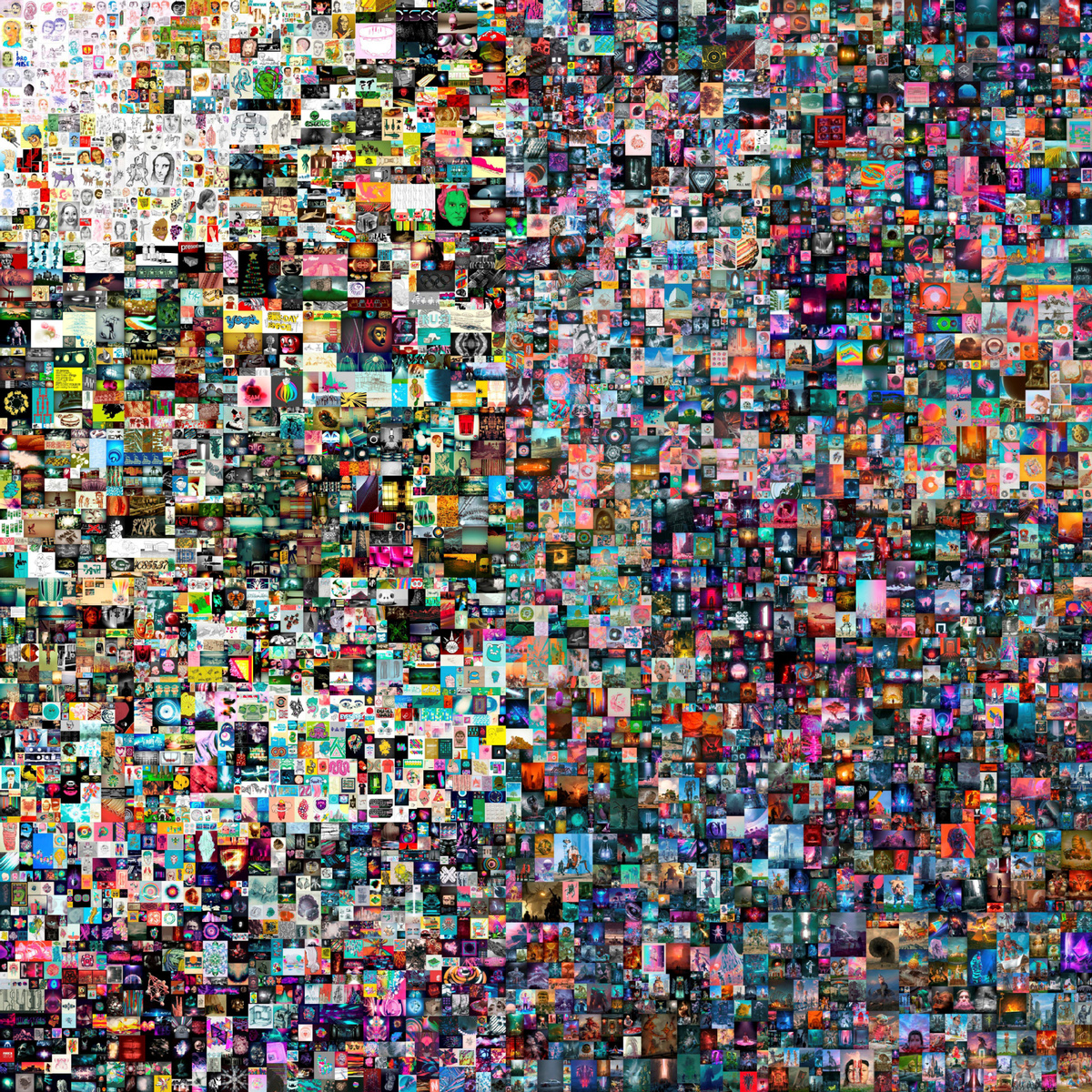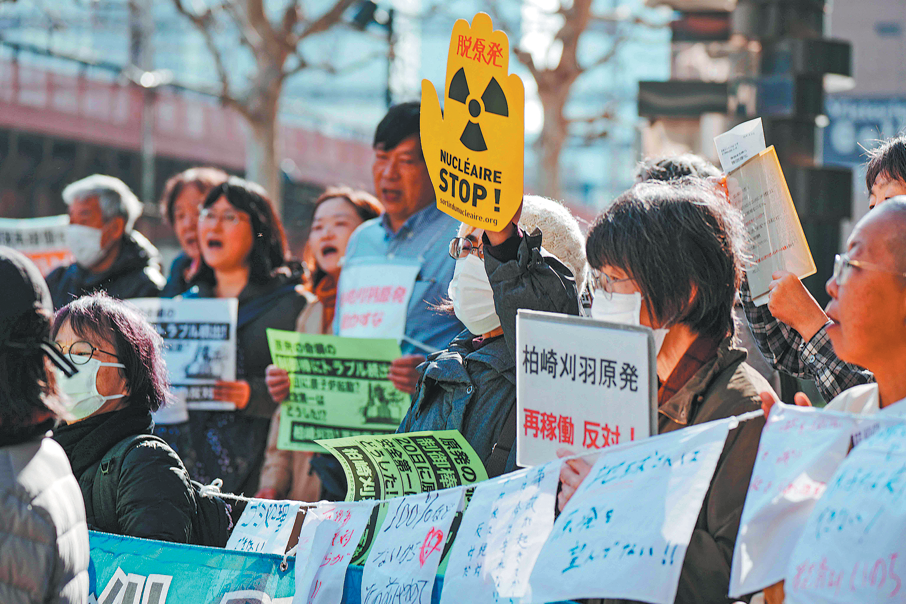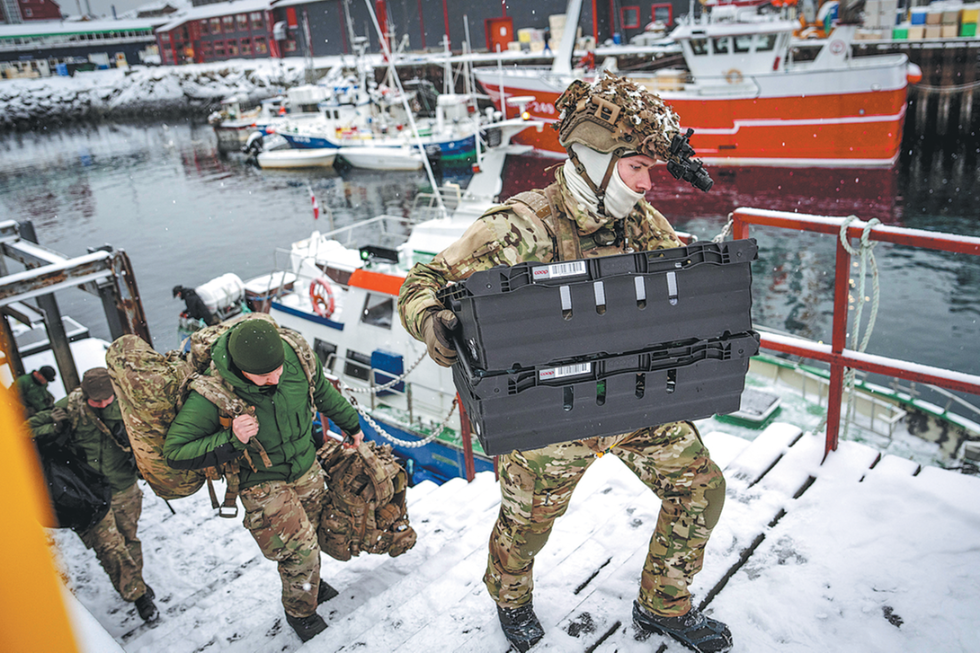$69m for digital art? Can't touch that


Non-fungible tokens have burst onto the global art scene, with collectors spending tens of millions of dollars on works of art that only exist in the digital space.
In March, Christie's was the first major auction house to sell a non-fungible token, or NFT, by digital artist Beeple for $69 million, stirring interest and putting the tokens in the limelight.
But the winning bidder didn't receive any physical art. Instead, the piece is in digital form, a JPEG collage of 5,000 images titled Everydays: The First 5,000 Days.
"We are on the precipice of a market that is completely new to most of the international art collecting community, and there is no way of predicting what the outcome will be. However, as with any medium, the sale comes down to the quality of the work and the demand for the artist. As witnessed with our most recent digital artwork sale, masterworks command significant prices regardless of the medium," a Christie's spokesperson said.
Russ Shaw, founder of Tech London Advocates and Global Tech Advocates, said the Christie's sale was a "breakthrough moment for the NFT space" and a "stamp of approval from the mainstream art world for blockchain technology".
NFTs use blockchain technology, which acts as a digital record that can be bought, sold and traded.
The buyer of an artist's NFT artwork purchases a unique token representing the asset and proving the authenticity and ownership of the original artwork.
"Ownership of a piece of art using NFTs means it is safely stored using a decentralized open-source blockchain network," Shaw said. "This means that there is no risk of counterfeiting or further disputes over ownership at a later date."
A non-fungible asset is not interchangeable, and each token is unique, while a fungible asset is something that can be exchanged or traded.
"NFT art is being put on a pedestal, as the original artist can continue to financially benefit from the consequent sales of the artwork," Shaw said. "A defining feature of the blockchain functionality allows for terms to be set in 'smart contracts', which can be adapted to ensure the original creator has a share in future sales."
Last month, Sotheby's also held an online auction of NFTs by digital artist Pak. The collection, known as The Fungible, sold for $17 million.
"The sale of NFTs at Sotheby's is an opportunity to create a bridge from this innovative new form of digital art to the institutional art world. There is an immense upside for artists to be able to directly sell their works to collectors who are available through new means. With regard to Sotheby's first NFT sale collaboration with Pak, Sotheby's spent ample time with the artist to ensure we executed an auction that is in alignment with their artistic expression," a Sotheby's spokesperson said.
Most digital objects can be turned into an NFT, including GIFs, music, online trading cards, a domain name or an essay. Twitter co-founder Jack Dorsey's first-ever tweet was sold as an NFT for more than $2.9 million.
"A broader point is how we see new technologies like these that continue to transform industries beyond the technology sphere. Culture and music are in some way behind other sectors in terms of digital skills and infrastructure but stand to benefit significantly from new technologies like blockchain, 5G and the internet of things," Shaw said.
But the Global Tech Advocates founder pointed out there are some who are skeptical over the NFT and crypto-art hype.
"There are concerns that this is a bubble in the making, akin to the dot-com bubble in the late nineties," Shaw said. "Although NFTsare an exciting, positive innovation for both industries, there may be a need for a future market correction to avoid a bust. This undoubtedly stems from uncertainty around retaining the authenticity of a piece of digital art, and the brains behind the blockchain will need to ensure these concerns are addressed."
However, Christie's said it's confident that this is just the beginning for NFT art.
"The impact of this nascent market has been far greater than just on the art world, affecting the worlds of music, retail, social media and sports," the auction house said.
"Within our own industry, NFTs make it possible to assign value to the ownership of digital art, which opens the door to a sea of possibilities for a medium that is unbridled by physical limitations. As such, NFTs are paving a new way forward for the digital art market."































